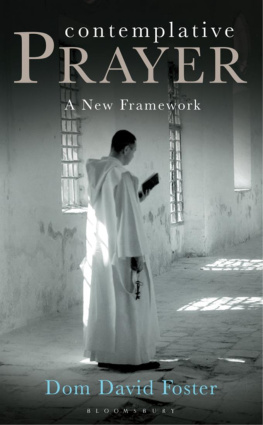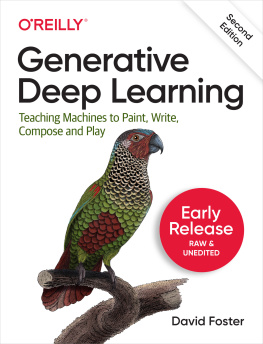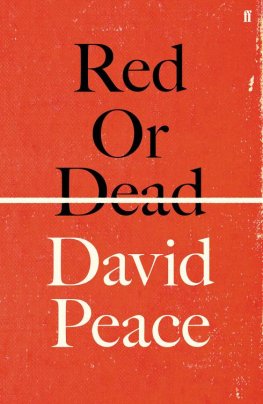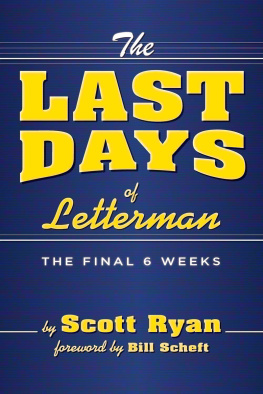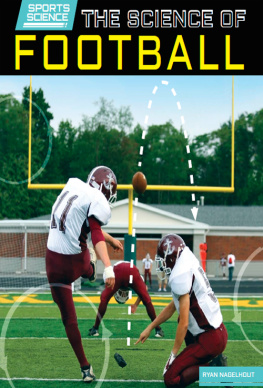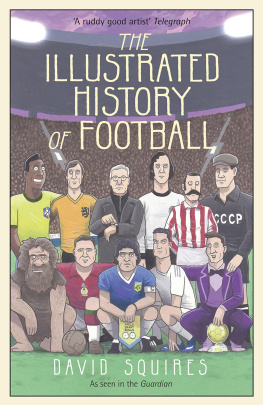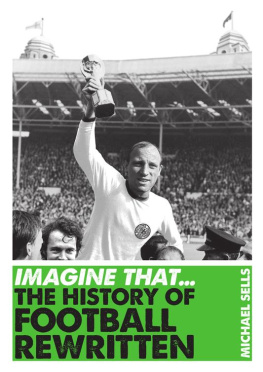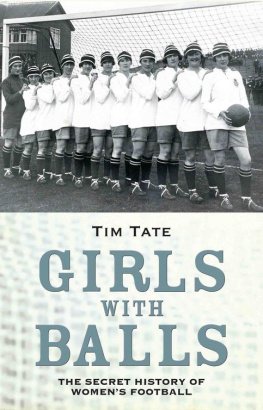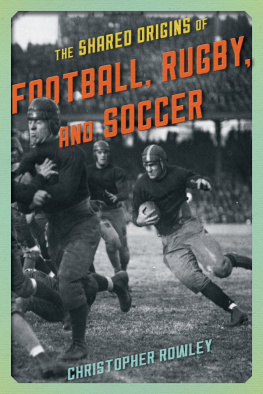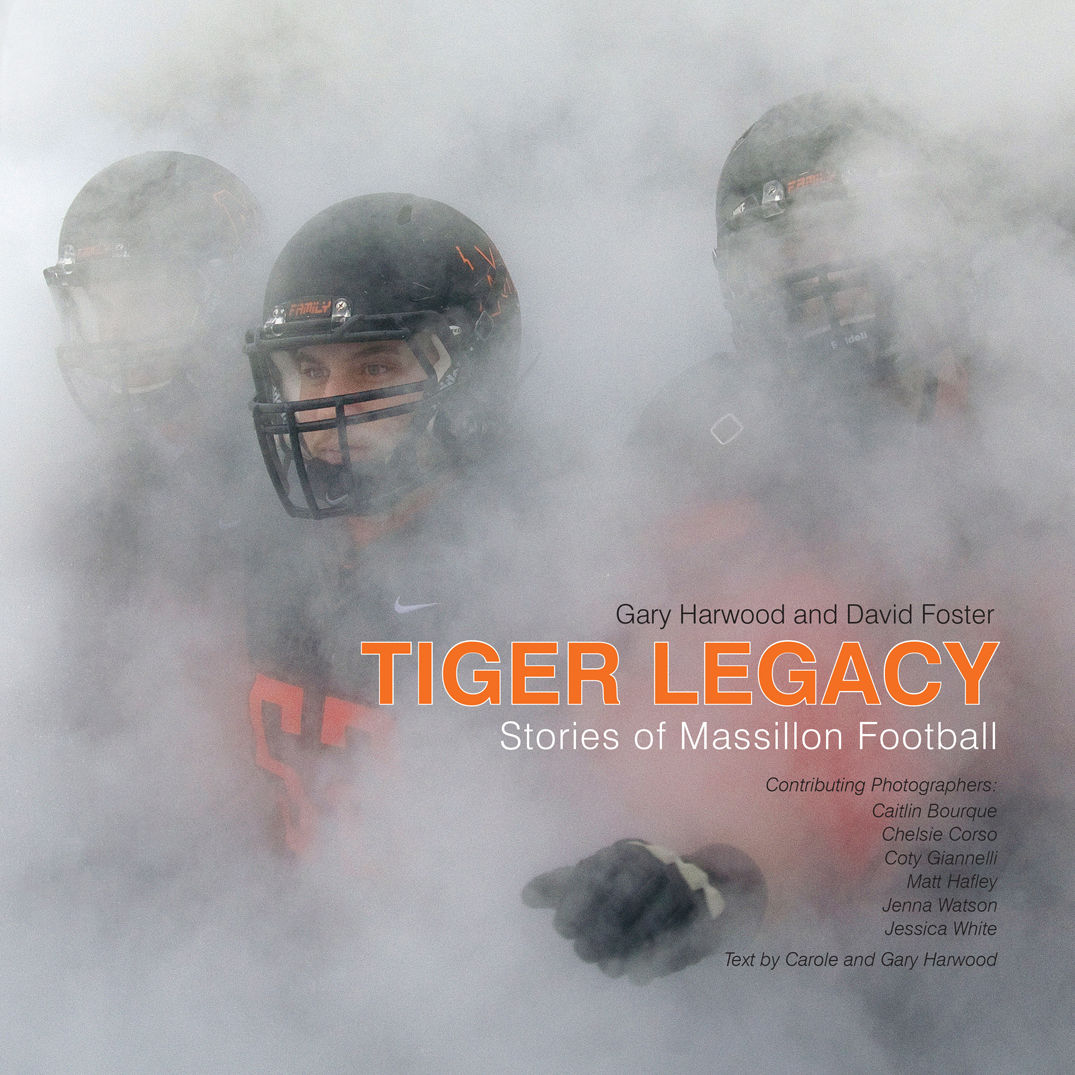
Cofounders: Taj Forer and Michael Itkoff
Designer: Ursula Damm
Copy Editor: Elissa Rabellino
2015 Daylight Community Arts Foundation
Text Carole and Gary Harwood
All rights reserved
ISBN: 9781942084280
No part of this publication may be reproduced, stored in a retrieval system, or transmitted in any form or by any means without the prior permission in writing of copyright holders and of the publisher.
Daylight Books
E-mail:
Web: www.daylightbooks.org
With much appreciation, we thank
THE MASSILLON COMMUNITY
And those who enrich our lives every day:
Frank and Sylvia Harwood, Erin Foster-Stine, Vincent and Joan Stallone, Christian Corso, Paul and Cindy Bourque, Tom and Pat White, Robin Giannelli, Tim and Dianne Hafley, Robert Watson, Stanley Watson, and Charles Brill
Table of Contents
Guide
TABLE OF CONTENTS
by Jerry M. Lewis, PhD, Sports Sociologist
Sport is pervasive in American society and is one of its more complex institutions. This complexity can be seen in sport itself and also in its association with other social institutions, such as family, religion, and economy. Just consider the number of statements we use in everyday conversation that derive from sport. From baseball there is the supportive phrase Lets take a seventh-inning stretch to take a break from a task or meeting. Or, from basketball, when someone does something very well, it is a slam dunk. Mistakes are noted with comments such as You dropped the ball or That was a weak pitch. Most people understand these phrases as appropriate remarks tied to social situations.
Sport and other social institutions are linked through sports rituals. These rituals have been studied and commented on in many ways, ranging from academic courses such as examinations of the sociology of sport to mainstream films. For example, Kevin Costners Field of Dreams is about professional baseball, and Gene Hackmans Hoosiers is about high school basketball in Indiana. In these movies, there are linkages to religion and rituals that deal with the theme of redemption. In Field of Dreams, it is redemption for the players who participated in the Black Sox scandal in 1919 and get to play baseball again on a brand-new field made for them. In Hoosiers, a coach with a past and a local drunk receive redemption when the small-town high school basketball team wins the state championship. In these films, sport provides alternatives to traditional redemptive religious rituals.
Tiger Legacy captures the complex relations and rituals that exist between sport and other institutions of American society through the microcosm of high school football. Each fall, usually on Friday nights, cities, towns, and villages in northeast Ohio come alive, Brigadoon-style, with the emergence of a high school football game.
In Tiger Legacy, Gary Harwood and David Foster and their collaborators tell the story of this Friday-night emergence of Massillon Washington High School football in Ohio. Using creative text and powerful photographs, they show how football, culture, and family come together in rituals to create important and meaningful experiences for the fans.
The stories depict Massillon football from cradle to grave. Orange footballs are placed in the bassinets of newborn boys in Massillon. As one mother noted, It is a big thing for baby boys to receive a football in the bassinet. Young boys learn about football at an early age from older players. One player wrote on his taped wrist, Rest in Peace, Dad, to honor his father, who had passed away shortly before his first game as a Tiger player. There are rituals directly linked to Massillon community life. Fans can participate in booster clubs, in bands, or by leading cheers.
One of the more important sets of rituals happens before the annual game with Canton McKinley, Massillons archrival. McKinley Week includes a variety of events, including pep rallies, appearances by Obie (the Tiger mascot), visiting elementary and middle schools in the Massillon community, decorating lockers, a prayer breakfast, and a parade.
The insights of Tiger Legacy, while about football in Massillon, Ohio, are generalizable to football cultures in other cities, towns, and villages. The authors of Tiger Legacy have captured the rituals of an important cultural event in American societyhigh school football.
Jerry M. Lewis, PhD
Kent State University
Sport Sociologist
When people from Massillon are asked about their football team, they often say that you have to be from Massillon to understand.
Tiger Legacy is a community storytelling project that offers a firsthand account of the Massillon football experience through personal narratives and photographs from 2011 through 2014.
In October 2011, Alexandra Nicholis Coon, executive director of the Massillon Museum, contacted us about collaborating on a storytelling project focusing on the Tiger Football Booster Club. Alex believed it was essential for the museum to embrace Massillons football traditions.
The original concept of documenting the Booster Club expanded, and six Kent State University Visual Storytelling students, Caitlin Bourque, Chelsie Corso, Coty Giannelli, Matt Hafley, Jenna Watson, and Jessica White, joined the project team. We felt that Tiger Legacy would provide valuable experiences for our students.
Our efforts centered on the connection between the community of more than 32,000 residents and its passion for Tiger football. It is a passion that has endured for generations. Our coverage included the players, coaching staff, principal, Tiger Swing Band, cheerleaders, Booster Club, Orangemen, Sideliners, Tiger Moms, families, mayor, season ticket holders, tailgaters, and orange-and-black-clad fans, as well as Obie, the live tiger cub mascot.
Tiger football has a more-than-100-year history that can be traced back to the origins of the sport. While football was not created in Massillon, it took root there in ways that popularized the game. The rivalry between Massillon and the nearby Canton McKinley Bulldogs began in 1894 and is considered to be among the greatest high school football rivalries in the United States. Both teams are in the top 10 nationally for total victories, and historians believe the rivalry had a key role in the evolution of pro football. The American Professional Football Association was founded in 1920 in Canton, Ohio, and a few years later it became the National Football League. In 1963, the Pro Football Hall of Fame was established in Canton.
The Tigers have won 24 state championships, compiled 849 total victories as of 2014 (the third highest number of victories in the United States), completed 20 undefeated seasons, and won nine scholastic national championships. But the Tigers have not won a state championship since 1970. Massillon and football are connected in ways that are greater than the teams, the seasons, the history, and even the sport itself. The shared excitement, anticipation, pride, and optimism that exist between Massillon and its Tigersthese are experiences that you dont need to be from Massillon to understand.
Gary Harwood
David Foster
PEOPLE SAY ITS ALL ABOUT FOOTBALL, BUT ITS NOT. ITS ABOUT PEOPLE COMING TOGETHER, AND THE ONE GOOD THING WE HAVE, WE ALL LIKE, IS OUR FOOTBALL TEAM.
EVEN THE FOOTBALL TEAM ISNT ONLY ABOUT FOOTBALL. THEYRE LIKE FAMILY. AND FOR THOSE FOUR YEARS, THOSE PLAYERS ARE THEIR BROTHERS.


